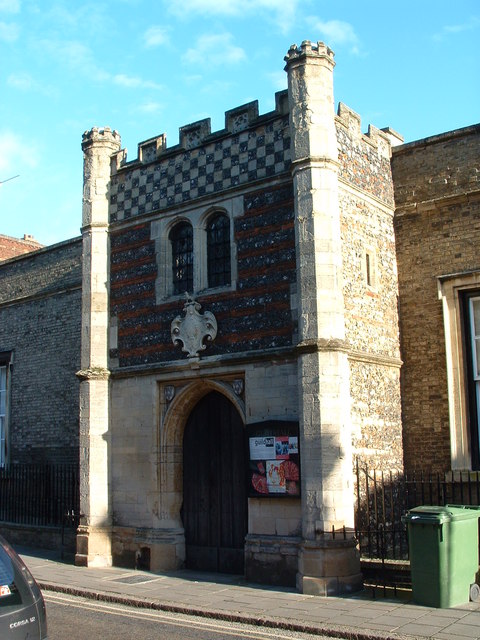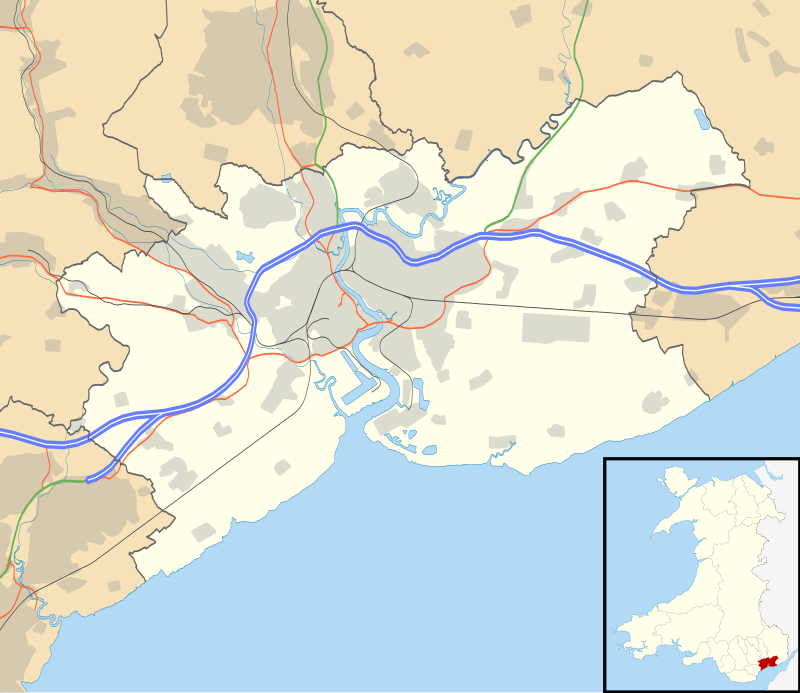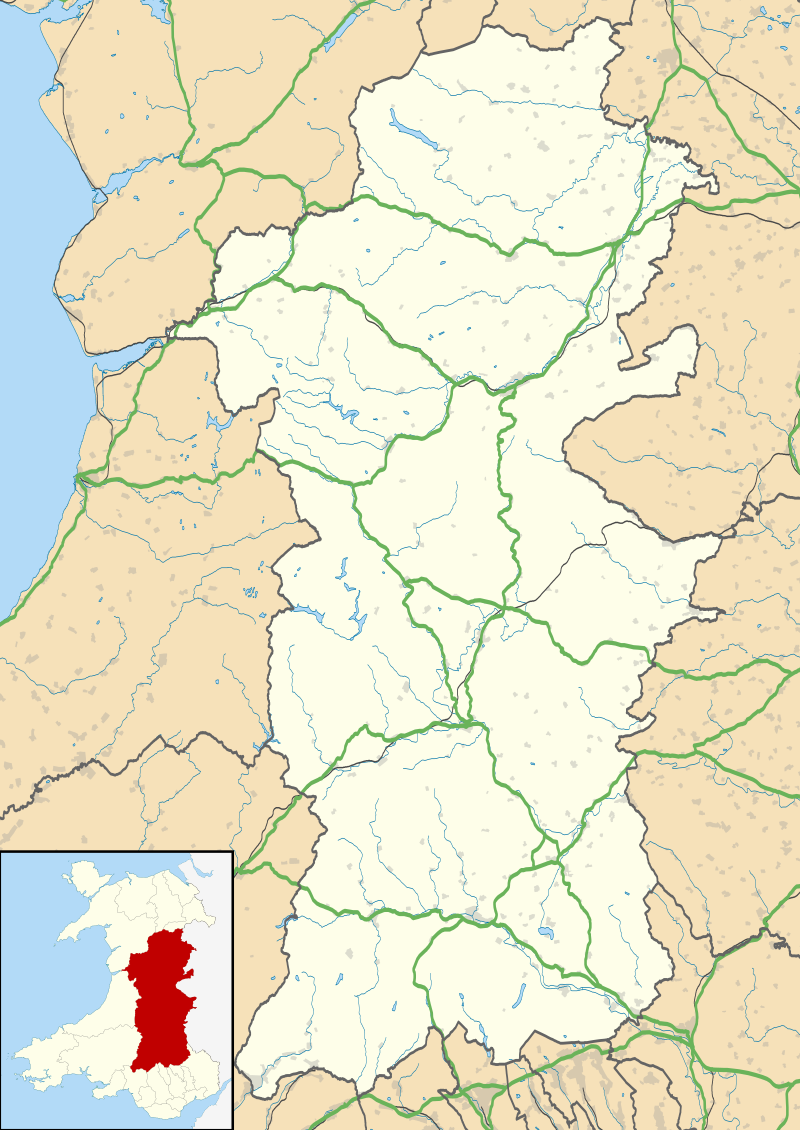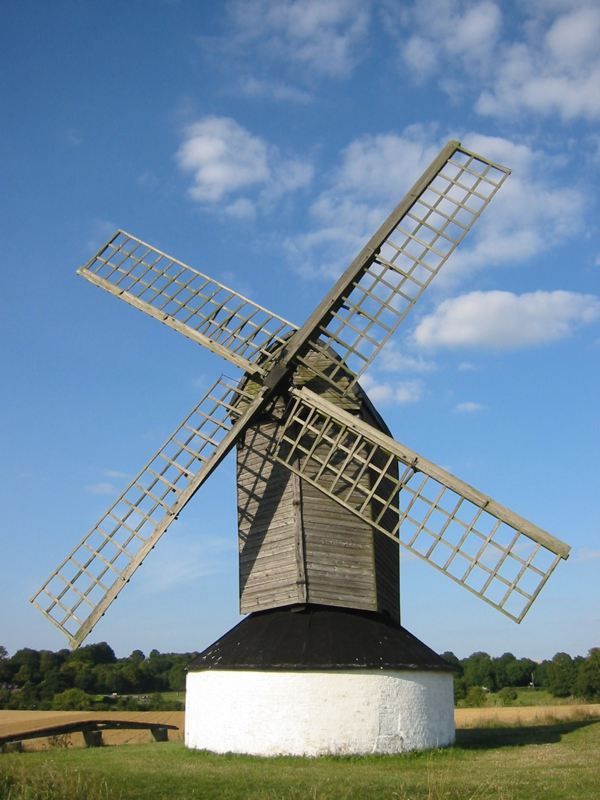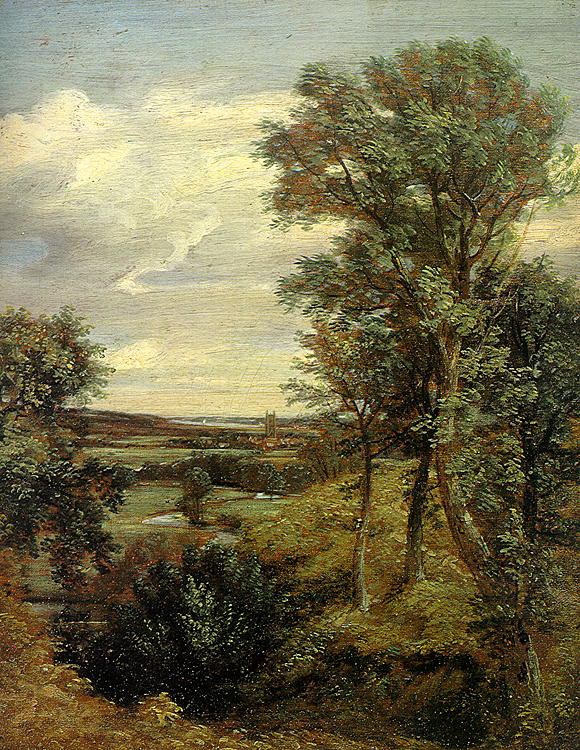Note: The village now
known as Preston St Preston until 1957. Confusingly
'Preston St Mary' was part of the Lancashire city we now think of when someone
says 'Preston', although sometimes the Suffolk village appears as Preston (St
Mary) - so Googlers need to be careful! In any case, I use both forms and
no-one in any post so far has come from or gone to Lancashire .
Up until his father Johnson's death in 1872, the records as
I have them suggest Thomas lived a not unusual life of the son of a prosperous
tenant farmer. Basically he had some schooling, shot game, and helped on the
farm - almost certainly on a part-time basis as a child, and then full-time
when he was able.
The setting for his early life was Down Hall Farm, which
Johnson and Sarah probably began to rent sometime between 1843 and 1851. Today
the farmhouse is a Grade 11 Listed Building; here's the citation:
What of the village in which the farm was situated? This is one writer's impression of the area today:
I love this part of Suffolk
As readers of a former post will know, Johnson farmed land
in Thorpe Morieux as well as Preston before (and perhaps after) moving into
Down Hall, and his wife, Sarah Makin, came from Kettlebaston.
To complete the apparently idyllic scene the River Brett
flows through the north eastern part of the village.
The three most important buildings are the Preston Hall - manor house - the
pub and the church.
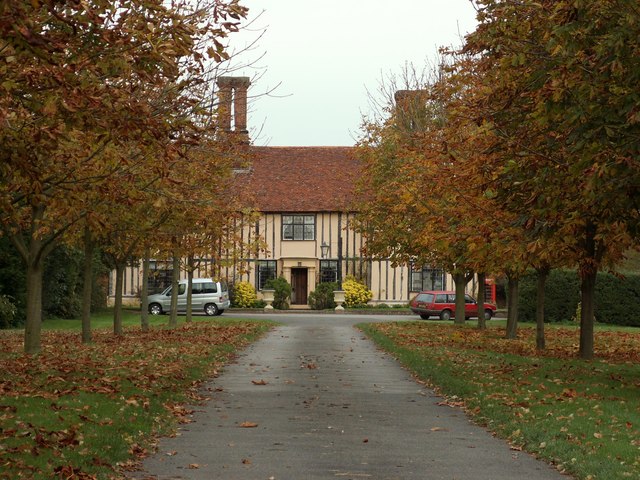
"Preston Hall - geograph.org.uk - 277721" by Robert Edwards. Licensed under CC BY-SA 2.0 via Wikimedia Commons
The pub is named after the fine 'six bells' of the church (see below). It was almost certainly the 'local' of many generations of Edgars:
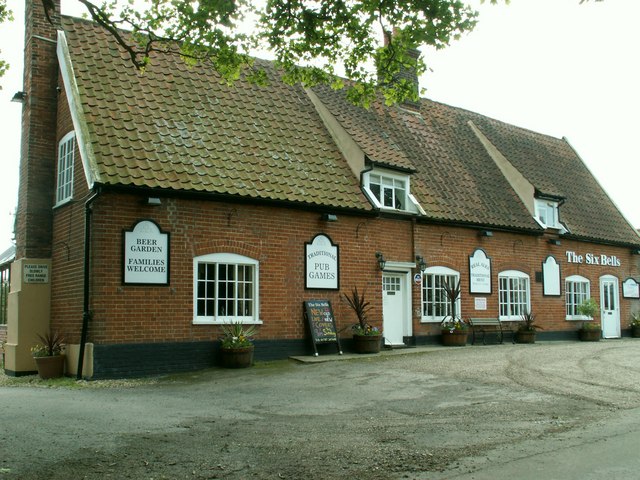
The church itself stands at the eastern end of the village:

Church of St Mary the Virgin
This and next image from:https://lavenhamchurch.wordpress.com/preston-st-mary/
It still attracts visitors from around the world because of it extremely rare Decalogue
((ten commandments)) and Royal Arms boards.[3]

If you visit it today you'll see what is mostly a different
building to young Thomas: in one of the most dramatic events in an area that
might seemed ignored by drama, on the afternoon of Thursday April 23, the
church tower - a fine perpendicular structure between 70 and 80 feet high - collapsed, and the church became 'ruinous'.[4] It
had been in a parlous state since being bodged together more than a century
before when it had been struck by lighting (on August 24, 1758 to be exact). [5] The
authorities had begun work on the staircase, whose rebuilding was urgent,
because it's ascent had long been difficult and dangerous because many of the
steps had been worn through. They'd made an opening in the steeple near its
junction with the nave on the south side ready for a new stairway - a fatal
mistake! The mortar had lost all holding power and as soon as the breach was
made the upper part of the steeple began to crack 'in a mist alarming manner'.[6] A
strong iron girdle had been fixed around the parapet thirty years before in
response to previous cracks, but this couldn't withstand the new strains. Most
of the east wall of the tower fell, as did some of the south wall, destroying part
of the roof of the nave and burying the gallery and the organ. Happily the
famous 'six bells' were unharmed - although hanging precariously in the ruins. [7]There
were worries about the future of the rest of the tower, but the inhabitants
looked in the bright side and considered the collapse 'providential' - what if
it had fallen on the previous Sunday? And only a few minutes before the
respected churchwardens, Messrs. King and Wright and 'Mr. Gayford of the Hall',
had been standing in the danger zone; but they'd gone somewhere else thanks to
'the merciful interposition of Providence'.[8]
However, a different newspaper's account makes it clear that they'd noticed mortar falling around them and left the church hastily at that point.[9]
St Mary's was restored through voluntary contributions in
1868. Only the porch and nave walls survive from before this date to remind us
of the fine (but precarious) building Thomas grew up with. [10]
The local 'metropolis' was Lavenham, about two and half
miles to the south west; the small town still ha some of the best preserved
mediaeval buildings in the country. On August 9,1865 the town acquired a brick-built
railway station (on the Long Melford-Bury St Edmunds branch line). Elsewhere
the railways were transforming local economies, and there were some hopes that
this would be the case in the Lavenham distrust, but they came to nothing. By
1901 Preston 's population had actually fallen.[11]
It was small enough to start with. In 1851 there were only
74 inhabited houses in Preston ; 386 people
lived in them. In 1844, the year after
Thomas's birth, there were 9 farmers, 2
corn millers, blacksmith, wheelwright, and a shoe– maker.[12]
In 1863 there was a chemist - one H. Armstrong of 8, Church Street , who could be relied on for
stocks of the 'surprisingly' efficacious Dr. Locock's pulmonic wafers.[13]
In any case, Thomas was coming into a family that had some weight in this tiny
community: Johnson was one of the farmers and his son John was one of the
millers. In 1868 one William Makin was owner of one of the four manors in the
district,[14] so
Sarah probably had important relatives - although other 'Makins' were humble
farm labourers, so this might not have meant very much.
The index to the register of birth, marriages and Deaths
shows that his birth was registered in the first quarter of 1843. The 1851 Census has him an eight year old
schoolboy, living at Down Hall Farm with his family. Johnson farms 270 acres
and employs ten labourers. His mother, Sarah, has the help of a servant, Susan
Manning, aged 17. His brothers Edmund (28) and Richard (19) are both at home
and helping on the farm. In the year of his birth the Church of England built a
'National' School in the village, and this was presumably the one Thomas
attended. Ten years before there was a Sunday School with 50 pupils, and if it
was still running it's possible he was made to go there too.
Thomas was granted a Game Certificate for 1858 - a 'general' one for £4. 0s.10d. That was
expensive, but without it anyone 'taking, killing or pursuing' game was liable
for a £20 fine plus double the Certificate duty.[15] As
we shall see in the next post, Thomas's game shooting will give us some clues
as to the state of the family in the 1870s.
In the 1861 Census things are pretty much the same at Down
Hall Farm, except that Richard has left home (to become a malster), the servant
is now Emily Pulson (sic) and she's described as a 'dairy' not a 'house'
servant. And Thomas has a niece living with him - Sophia, aged 6.
In 1865 Thomas was elected to Lavenham Farmer's Club -
alongside Lord A. Harvey, M.P. - at
their annual dinner. The Secretary pro. tem. ('for the moment') was Rober Edgar.[16] I
suspect Robert, who was born in c.1834 and farmed in nearby Thorpe Morieux, was
from another branch of our family.
What shape was the family in as Johnson, born in c. 1792,
lived his last years? We get indirect evidence from a letter from a hunting
enthusiast in a local newspaper. In January 1869 a red deer
was pursued by hands for over an hour until it was caught on or near 'an
off-hand farm of Mr Edgar's, of Preston '.[17]
An off-hand farm is one which the owner doesn't farm himself but puts in a
working bailiff. This seems proof of Johnson' continuing prosperity. In his final sense - 1871 - Thomas's father is 78
and just one year from his death. Sarah is 8 years younger, there's a new
servant (Annie Pearl). Thomas - 28 and unmarried - is the only son left at home and he's got a nephew with him at Down Hall
Farm: Richard's son Harry J. Wright Edgar is living with the family.
Johnson is described as 'farmer and owner employing 6 men'.
He's only a tenant at Down Hall Farm, but he still owns the land he bought and
the mill he bought on it in the middle of the 1840s. In 1861 he was employing 7
labourers and two boys on his 300 acres. I doubt the fall in the number of
employees means very much. In nay case, Johnson's son (and Thomas's older
brother) Edmund is at Hill Farm in Preston ,
working 152 acres and employing 5 men and two boys. The family's economic
situation looks pretty good on the eve of Johnson's death.
In my next post I'll consider the situation between
Johnson's death in 1872 and the disaster that struck the family around the turn
of the decade.
[1] http://www.sevenspots.co.uk/building/down-hall-preston-st-mary/
[2] http://www.suffolkchurches.co.uk/preston.html
[3] https://lavenhamchurch.wordpress.com/preston-st-mary/
[4] http://www.visionofbritain.org.uk/place/7606
[5] The Bury and Norwich
Post, and Suffolk Herald (Bury Saint Edmunds , England
[8] The Bury and Norwich
Post, and Suffolk Herald (Bury Saint Edmunds , England
[10] http://www.suffolkchurches.co.uk/preston.html
[11] https://heritage.suffolk.gov.uk/Data/Sites/1/media/parish-histories/preston_st_mary.pdf
[12] https://heritage.suffolk.gov.uk/Data/Sites/1/media/parish-histories/preston_st_mary.pdf
[13] The Bury and Norwich
Post, and Suffolk Herald (Bury Saint Edmunds , England
[14] http://www.genuki.org.uk/big/eng/SFK/Preston/
[15] The Ipswich Journal (Ipswich , England
[16] The Bury and Norwich
Post, and Suffolk Herald (Bury Saint Edmunds , England
[17] The Bury and Norwich
Post, and Suffolk Herald (Bury Saint Edmunds , England

